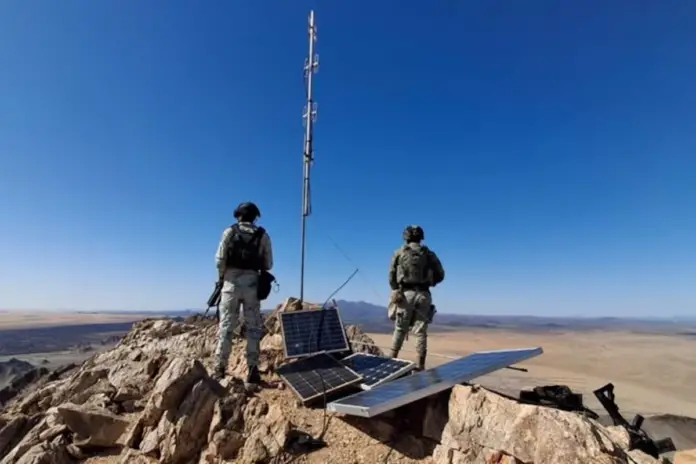It is common for large criminal groups from different countries to form specific alliances to expand their operations and maximize profits. These partnerships allow them to share trafficking routes, markets, and resources, optimizing their illicit networks without having to involve their own members to carry out operations beyond their country of origin.
Furthermore, global interconnectedness and the diversification of illegal activities also drive these types of partnerships. Networks such as arms trafficking, human trafficking, and money laundering require complex logistics that are more efficient when combining resources and knowledge from different organizations.
Research from the University of the Andes shows that the historical relationship between Mexican and Colombian cartels began in the late 1980s and 1990s, evolving over the years until reaching the present day as a mutually beneficial collaboration. One of these alliances is that of the Sinaloa Cartel (CDS) and the Colombian National Liberation Army (ELN).
Is there subordination between cartels?

On February 7, Colombian President Gustavo Petro suggested at a conference that the Sinaloa Cartel had direct influence on the ELN, a Colombian guerrilla group associated with the use of violence for drug trafficking within the coffee-producing country.
“The owners of these structures are not Colombian commanders; they are the ones who buy cocaine from Mexico. The Sinaloa Cartel is the current leader of the ELN,” the Colombian president said during the inauguration of the Scientific Complex for Health Sciences Research at the Industrial University of Santander, in the city of Bucaramanga.
These statements sparked a heated debate among security experts. If this connection is confirmed, it would set a precedent for a relationship of subordination between cartels and a dominant expansion of Mexican criminal groups abroad.
However, an analysis published on the organized crime website InSight Crime dismisses the Colombian president’s statements, stating that while various alliances exist between the CDS and Colombian criminal groups, no pattern of subordination has been recorded, as Colombian organizations still maintain autonomy in their operations.
“Although Mexican cartels have forged alliances with armed groups in Colombia to ensure the flow of cocaine, the ELN’s history suggests that the group maintains autonomy in its operations. Colombia has historically been an inhospitable territory for foreign actors, presenting obstacles for Mexican cartels, which have not achieved full control over the dynamics of drug trafficking in the country,” reads the analysis published on February 24, 2025.
Although the InSight Crime report dismisses a pattern of subordination between the two organizations, Colombian police records have indicated collaborations in the following areas:
Cocaine production and supply: The ELN controls strategic regions in Colombia, such as Catatumbo and other border areas with Venezuela, where coca is grown and large quantities of cocaine are produced. The Sinaloa Cartel purchases its cocaine directly or through intermediaries.
Thus, the Colombian group guarantees the production and access to cocaine, while the cartel handles its transportation and distribution to international markets, primarily the United States and Europe.
Cocaine-for-Arms Exchange: Colombian intelligence reports from 2023, made public in 2025, reveal that the ELN has exchanged cocaine shipments with the Sinaloa Cartel in exchange for sophisticated weapons, such as rifles and explosives. This strengthens the ELN’s military capacity to maintain territorial control and confront rivals such as FARC dissidents or government forces.
Territorial Control and Security of Trafficking Routes: In regions such as Catatumbo, the ELN acts as a “local partner” that facilitates trafficking logistics, ensuring that shipments reach the agreed-upon delivery points.

Source: infobae




